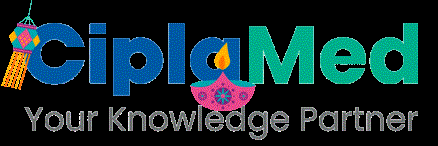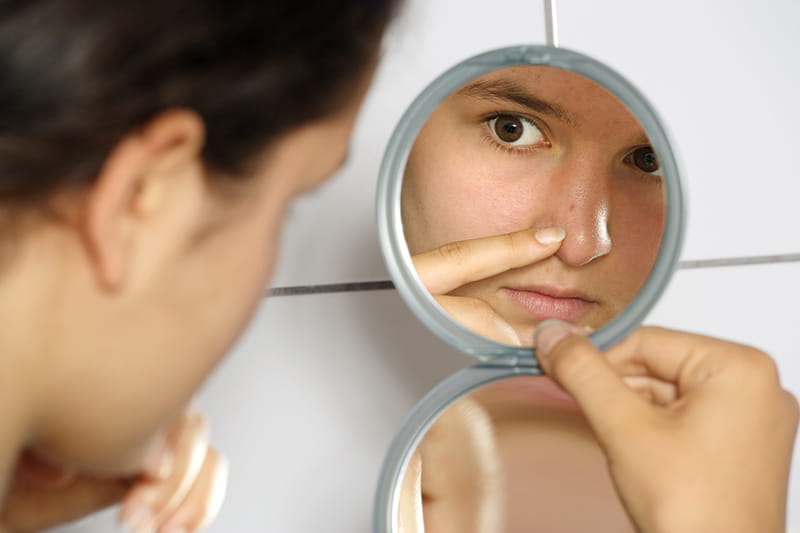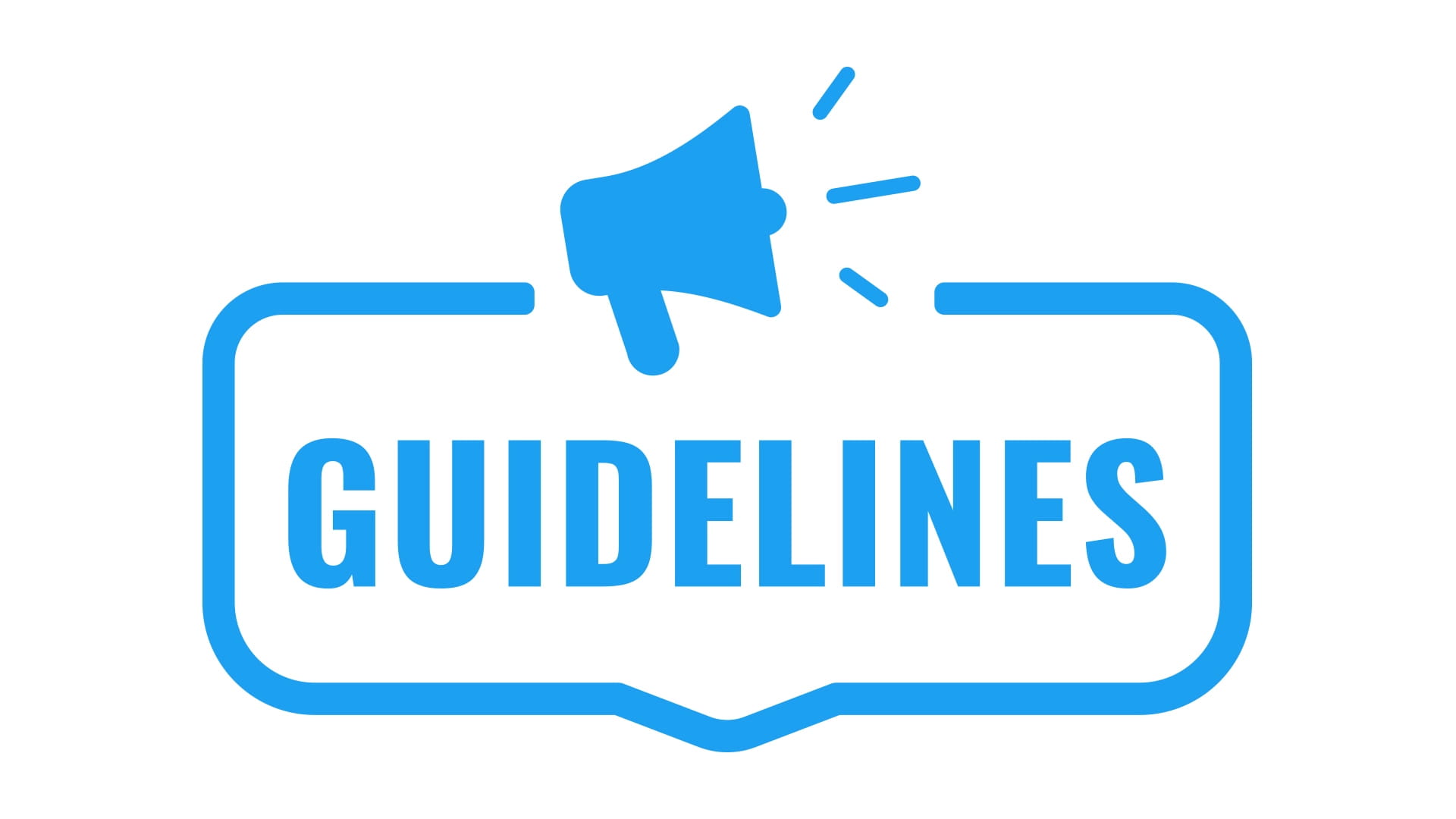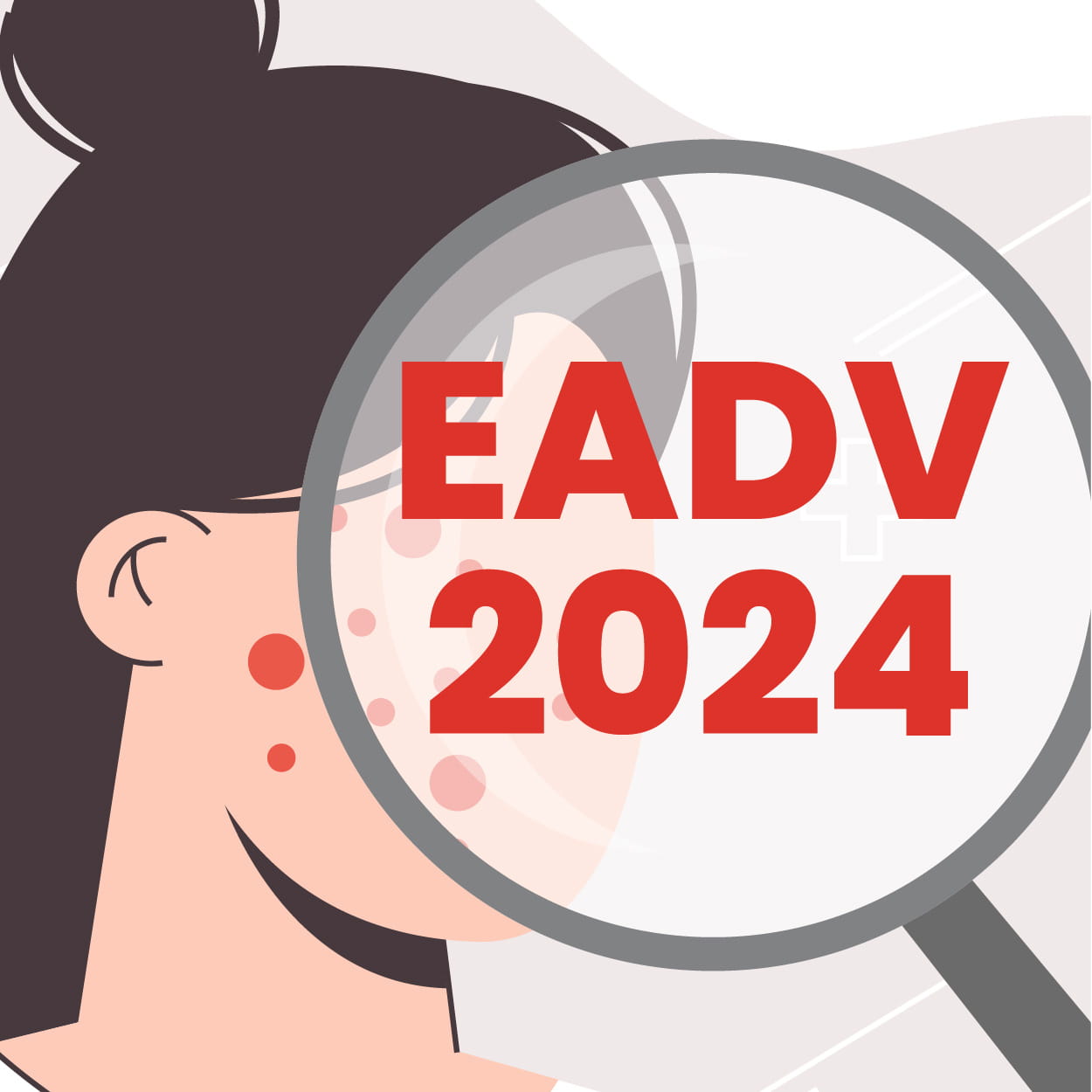EADV 2023: Acne
Is There Still a Place for Antibiotics in Acne? - Dr Clio Dessinioti
The speaker focuses on the topic of antibiotics in acne treatment. She emphasizes the current European guidelines in which topical antibiotics are recommended as a fixed-dose combination as first-line treatment for mild to moderate papulopustular acne and severe forms when combined with systemic treatments. Systemic antibiotics are also suggested for mild to moderate papulopustular acne through severe forms of acne. The speaker discussed the recent UK NICE guidelines of 2021 in which Topical clindamycin is recommended as first-line treatment in the form of a topical fixed-dose combination for mild to severe acne, and oral antibiotics recommended for acne include oral lymecycline or oral doxycycline, also as first-line treatments for moderate and severe acne. The speaker emphasized that a study in UK primary care revealed that a significant number of acne patients received long-term oral antibiotic treatment defined as a course of 28 days or longer, with 26.1% of patients continuing antibiotics for over three months and a small percentage using them for over a year. Tetracycline was the most commonly prescribed antibiotic, followed by macrolide and trimethoprim. The speaker also discussed that the use of antibiotics in acne treatment is prompted by the concern over antimicrobial resistance and its impact on the skin microbiome. The speaker's recommendations include avoiding antibiotic monotherapy, limiting treatment to a maximum of three months, and combining antibiotics with non-antibiotic agents like retinoids, BPO, and azelaic acid to mitigate this risk. The prevalence of antibiotic resistance varies by antibiotic type across several countries, with clindamycin and erythromycin showing higher resistance rates than tetracycline and doxycycline. The study also revealed that a 4-week minocycline treatment for acne led to shifts in microbial skin flora, including resistance in eubacterium species, persisting even after treatment cessation. Post-treatment, microbial imbalance persisted, linking acne antibiotics to increased upper respiratory infections. A third-generation tetracycline-class antibiotic, sarecycline, was introduced to address antibiotic resistance. It has a narrow spectrum showing efficacy in treating moderate to severe acne inflammatory lesions.
New topical agents like Trifarotene and clascoterone have been approved in the search for non-antibiotic treatments for acne. The speaker also discussed a study that revealed the efficacy and safety of N-acetyl-GED gel, a PPR gamma modulator, demonstrated efficacy in 450 patients with 5% gel. It achieved IGA success in 45%, surpassing the vehicle, with notable lesion count reductions. However, there is a need for approved oral non-antibiotic alternatives. While off-label for acne, Spironolactone has shown promise in clinical trials, albeit with some side effects. The discussion concluded by highlighting the need for viable alternatives to antibiotics for acne treatment, such as dietary approaches, supplements, and microbial manipulation. In response to the question about antibiotic resistance, the speaker acknowledges that using doxycycline is a potentially better option due to its lower resistance rates.
Dietary Supplementation: An Alternative Treatment in Acne- Prof. Dae Hun SUH, MD, PhD
The speaker discussed the influence of dietary patterns on acne. His study, published in the European Journal of Dermatology in 2010, found that high glycemic load diets, dairy food intake, high-fat diets, iodine, and irregular dietary patterns can aggravate acne. A diet with a low glycemic load effectively improved acne, reducing both non-inflammatory and inflammatory regions. It revealed diminished sebaceous gland size, decreased inflammation, and reduced SRBP1 and Interleukin-8 expression in skin biopsies pre-and post-intervention. Additionally, dietary supplementation with omega-3 fatty acids and gamma-linolenic acid demonstrated anti-inflammatory effects, reducing sebum production and decreasing acne severity in clinical and histological assessments. It showed reduced inflammations and immunohistochemical staining intensity for interleukin-8 in biopsies. The speaker emphasized the role of vitamin D, noting its association with severe acne in cases of low serum levels. Vitamin D supplementation demonstrated improvements in acne severity. The speaker emphasized the significance of various vitamins and minerals, such as Vitamin A, characterized by immunomodulatory activities and self-preparation modulation; Vitamin E, with antioxidant, anti-inflammatory, and antiseptic properties; Vitamin B (B1, B2, B3, B5, B6, B7), crucial for overall health, with B5 (pantothenic acid) showing efficacy in clinical trials for acne lesions. Zinc, a critical mineral for acne, demonstrated bacteriostatic effects on C. acnes, inhibited chemotaxis, reduced TNF alpha and interleukin-6 production, and modulated ICAM-1 and LFA-3 expression. Selenium, with regulatory roles in sebum production and possessing anti-inflammatory and antioxidant activities, was found to decrease in acne vulgaris and chronic acne in studies. Magnesium ascorbate phosphate, regulating inflammatory biomarkers, demonstrated reduced lipid peroxidation and interleukin beta levels. The speaker mentioned the potential benefits of certain plant extracts, such as Azadirachta indica, Berberine, Berry Extract, Turmeric, vitex, or green tea polyphenols like Epigallocatechin-3-GalIate (EGCG), in improving acne by modulating intracellular molecular targets. The speaker also discussed Lupeol's demonstrated effectiveness against major acne pathogenic features. It suppressed lipogenesis by modulating the IGF-1R/PI3K/Akt/SREBP signalling pathway, reduced inflammation, and showed clinical feasibility in acne treatment. He also touched on the role of probiotics and lactobacillus-rich foods like kimchi in acne management. In conclusion, the speaker emphasized that dietary supplementation can complement traditional pharmacological treatments for acne, though the specific recommendations for vitamins and minerals may vary depending on individual cases. Low glycemic load diets were recommended, and the speaker mentioned that dietary interventions should be based on a thorough understanding of each nutrient's mechanism of action, with the need for further research and large-scale clinical trials.
Can Microbiome Manipulation Control Inflammatory Acne- Pr Brigitte Dréno
The speaker discussed the potential of manipulating the skin microbiome to treat acne patients. She emphasized the importance of understanding the microbiome's role in acne and its impact on skin health. The microbiome plays a vital role in skin health by contributing to the differentiation and epithelialization of the skin barrier, boosting the chemical barrier, and controlling innate and adaptive immunity through antimicrobial peptides. Dysbiosis, or microbiome imbalance, has been identified as a key factor in acne, with six phylotypes, with a predominant Phylotype 1A1, being a potential target for vaccination. Additionally, the loss of microbiome diversity activates innate immunity by secretion of inflammatory cytokines, which has been linked to acne. The speaker indicates that the prevention and restoration of the diversity of the microbiome is an important target as a therapeutic aspect. The speaker discussed that acne is equivalent to an interaction between C. acne and S. Epidermidis as C. acnes restricts S. epidermidis and S. pyogenes growth by preserving pilosebaceous follicle acidity, secreting propionic acid, and inducing succinic acid production through glycerol fermentation. The speaker emphasized that the interaction between gut and skin microbiota is another significant consideration. Dysbiosis and loss of diversity in gut microbiota have been observed in acne patients, suggesting the potential role of oral probiotics in treatment. The speaker explored different approaches to using bacteria to treat acne, including bacteriotherapy involving vaccination, bacterial phage therapy, and oral or topical probiotics. Vaccination aims to inhibit specific acne-related phenotypes, particularly 1A1. Bacterial phage therapy shows promise in modulating inflammation and reducing resistant bacteria. Topical Probiotics which are being studied for their anti-inflammatory properties, especially in combination with topical drugs. Topical Probiotics adhere to the epidermal surface, inhibit pathogens, generate antimicrobial substances, and enhance immunomodulatory capabilities. Topical probiotics have demonstrated efficacy in clinical trials, primarily targeting inflammatory lesions. Oral Probiotics act by restoring skin barrier function, fostering healthy skin with commensal bacteria, preserving microbial balance, and maintaining microbiome homeostasis effectively. Limited research suggests oral probiotics help reduce inflammatory lesions and modulate sebum production. Prebiotics help decrease the number of inflammatory lesions and support skin barrier function. Postbiotics are antimicrobial peptides produced by bacteria or keratinocytes that may help maintain a healthy balance in the skin microbiome. Phage Therapy includes Bacteriophages (viruses that infect bacteria), which promise to reduce antibiotic-resistant bacteria and also modulate innate immunity. The speaker stressed that maintaining a balance within the skin microbiome is crucial for skin health and acne management. While these approaches are promising, research in this field is ongoing, and there are limitations to consider, such as the need for commensal (naturally occurring) bacteria and the potential transmission of pathogenic genes through phage therapy. In response to a question, the speaker suggested that combining oral probiotics with antibiotics and continuing probiotics after antibiotic treatment for acne could be beneficial. The interaction between oral probiotics and antibiotics may help modulate the skin microbiome and contribute to improved acne management. However, further research is needed to understand this approach's implications fully.
Which Patients Benefits from Low Doses of Isotretinoin- Dr Jose Luis Lopez Estebaranz
The speaker focuses on the potential benefits of low doses of Isotretinoin for specific patient groups. He discussed the efficacy of various acne treatments. Isotretinoin is a highly effective option, with nearly 90% of patients achieving clear or nearly clear skin after 12 weeks of treatment. In contrast, oral treatments other than Isotretinoin have a success rate of only around 20% after 12 weeks. The speaker suggests not to prescribe oral doxycycline or minocycline, while topical treatments achieve even higher success rates. The speaker discussed that Isotretinoin is approved by health authorities for treating severe forms of acne, particularly when there is evidence of permanent scarring or when standard therapies with systemic antibiotics and topical treatments have failed. Low Isotretinoin doses typically range from 0.1 to 0.4 milligrams per kilogram, with a cumulative dose of less than 120. These low doses can be administered in different ways, such as daily doses, intermittently (e.g., one week per month) or intermittent daily treatment (once every other day). It's important to note that oral Isotretinoin has a half-life of no longer than 20 hours, which suggests that a daily routine dose is preferable from a pharmacokinetic perspective. The speaker also acknowledges Isotretinoin is highly effective, but its side effects increase with higher doses. Lower doses enhance patient compliance, ultimately improving treatment effectiveness. The speaker emphasizes that when considering the initiation of a first course of isotretinoin, dermatologists typically recommend it in cases where there has been a lack of response to previous treatments or when other treatments are contraindicated. Additionally, the prescription is often warranted when acne severity is high and scarring is evident. The decision is primarily patient-centered. The speaker also discussed when not to prescribe low-dose Isotretinoin, such as for younger patients with severe acne, those with a family history of acne, preadolescent acne, acne spread to the body and those with extremely severe acne cases. Several studies support the efficacy of low-dose Isotretinoin for moderate to severe acne, even though there is variability among them, making it challenging to draw definitive conclusions. The use of low doses results in fewer side effects and lower flare rates compared to conventional doses. Notably, there is no significant difference in relapse rates between standard and low doses. The economic advantage of low doses is significant, with approximately 20% cost savings compared to standard doses. The speaker recommends combining Isotretinoin with antihistamines, omega-3 fatty acids, light devices, or radiofrequency microneedling to enhance treatment and minimize side effects. In discussion, low-dose Isotretinoin is highly recommended due to its efficacy and cost-effectiveness. However, more robust studies are needed to provide a solid basis for comparing low and standard doses. Furthermore, Isotretinoin may find applications beyond treating acne, particularly in conditions like rosacea and oily skin.
European Academy of Dermatology and Venereology (EADV), Berlin, 11-14 October 2023



